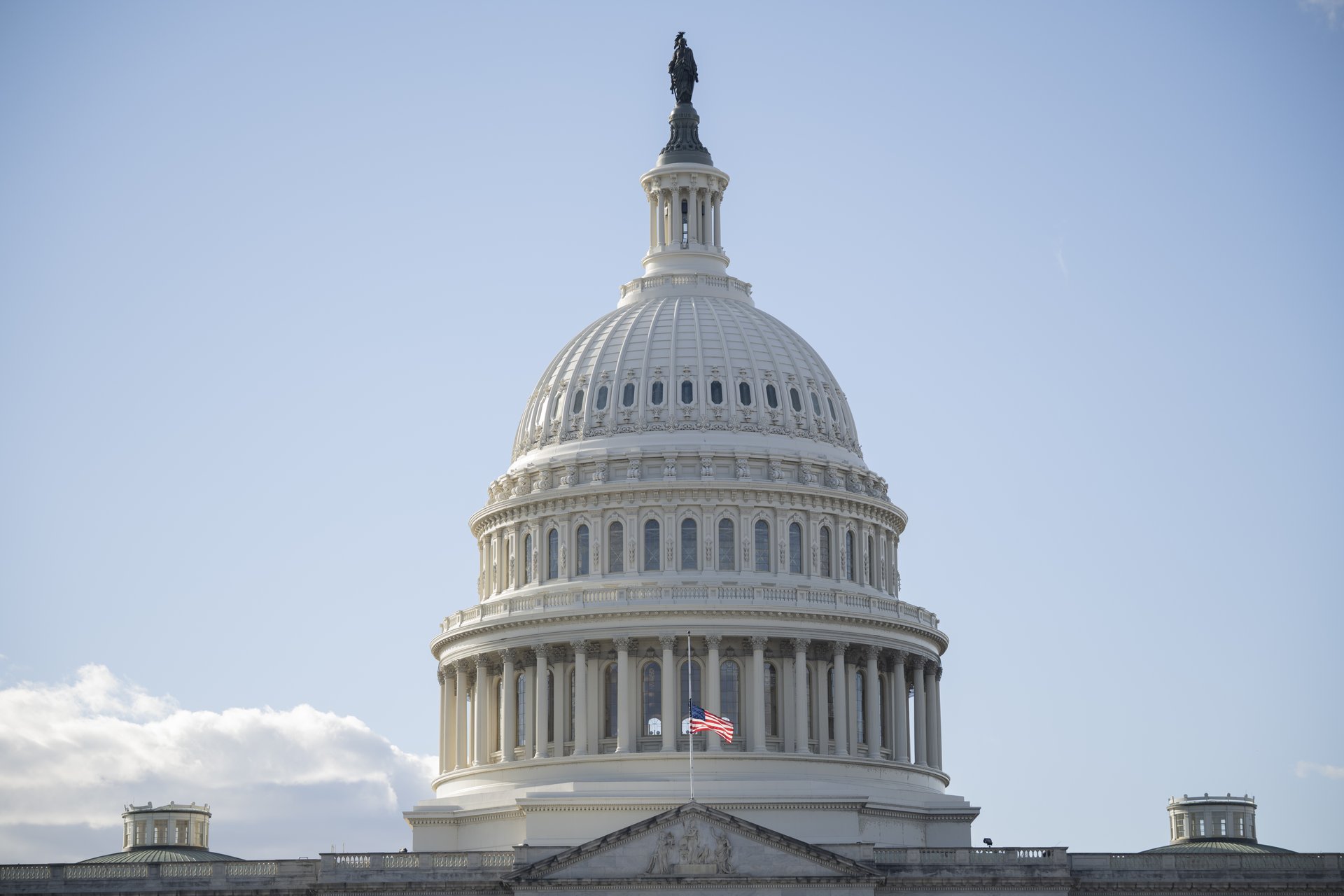The shutdown is over: Here's what to expect in the U.S. government reboot
As the government reopens, federal agencies will be in a catch-up frenzy that reaches across the U.S. economy on backpay, air travel, and more

The United States Capitol building is seen in Washington D.C., United States, on November 11, 2025. (Celal Gunes/Anadolu via Getty Images)
The longest government shutdown in U.S. history ended late Thursday evening. Now begins a tricky period for federal agencies: The reboot.
Suggested Reading
A seven-week federal funding lapse froze a litany of government activities and furloughed over 670,000 employees while others carried on their usual responsibilities without pay. As the government reopens, federal agencies will be in a catch-up frenzy restoring normal activities that reach across the U.S. economy. Here's what to expect.
Related Content
Backpay and the end of furloughs
One task high up on the U.S. government checklist will be ensuring every employee receives retroactive pay to Oct. 1, the start of the shutdown. The Office of Personnel Management (OPM) has advised that backpay will be issued "on the earliest date possible" after federal funding comes back online.
"It really is just a matter of how quickly those payroll processors are able to come back and process what is owed to people," Caleb Quakenbush, associate director of economic policy at the Bipartisan Policy Center, told Quartz. "We have every reason to believe that it will be a fairly quick turnaround on backpay."
That's poised to include the 4,000 employees given layoff notices by the White House in mid-October. They will keep their jobs and receive backpay.
Cabinet-level departments will get back up and running, but the scope of the furloughs also dictates how swiftly they can restore normal operations. Furloughed employees will receive emails with return-to-work instructions. OPM said employees were expected to return on Thursday.
Some agencies like the Commerce Department, Labor Department, and Education Department all had the vast majority of their workforces furloughed. The same goes for the Department of Housing.
For others like the Social Security Administration, Department of Justice, and Department of Veteran Affairs, most employees were deemed essential so they could remain on the job, albeit unpaid. In the case of the agencies providing health and retirement benefits or carrying out law enforcement activities, it's as if the shutdown mostly passed them by.
"There have been workers who have been working throughout all of this and trying to keep at least some baseline level of operations open," Quakenbush said. "So it should largely be a fairly streamlined process."
The Smithsonian museums in Washington could open within a week — if the aftermath of the prior 2018-19 shutdown episode serves as a guide.
Restoring normal air travel
The shutdown severely impacted U.S. air travel and caused thousands of flight delays and cancellations. Restoring normal travel could last into the Thanksgiving holiday.
Air traffic controllers — already strained from staffing cuts — went a month without paychecks, and plenty had called out of work in search of second jobs. That prompted the Federal Aviation Administration to enact flight restrictions at the 40 largest U.S. airports to alleviate the strain on the remaining air traffic controllers.
But air travel won't spiral into more chaos. The Transportation Department said Wednesday that it would slash flights by 6% at those major travel hubs without increasing it further, as fewer air traffic controllers are missing work.
"If the FAA safety team determines the trend lines are moving in the right direction, we’ll put forward a path to resume normal operations," Transportation Secretary Sean Duffy said.
Food stamp benefits
The Supplemental Nutrition Assistance Program, or SNAP, was at the center of the shutdown fight at the start of the month. Funding for food stamp benefits dried up for the first time on Nov. 1. Then the Trump administration to fought against legal efforts to compel them to tap into emergency reserves to distribute the benefits.
Food stamp recipients have undergone a maelstrom of confusion in the past two weeks, the result of conflicting court rulings and a patchwork of state interventions. Some have received partial payments, others none at all. The Department of Agriculture has signaled that federal funds would be available within a day of the government reopening, but it's not clear whether cash will be quickly deposited into beneficiaries' debit cards.
